Stuck for inspiration? Head to one of London’s most famous thoroughfares and see where the fancy takes you
Words: Chris Beanland
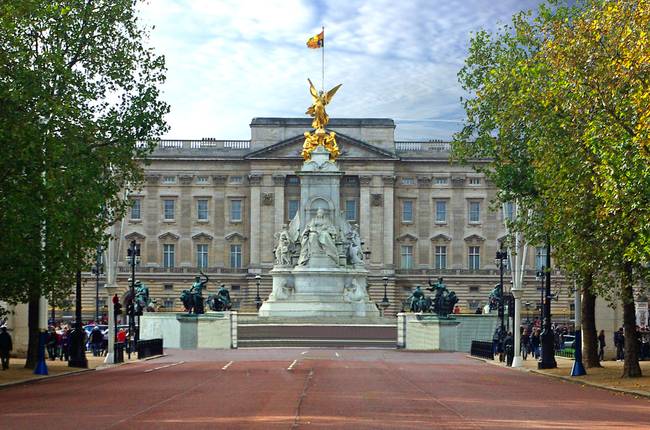
The Mall
For pure pomp, The Mall is hard to beat. Running from Admiralty Arch down to Buckingham Palace, it is where Britain’s royal family parades, as well as a constant stream of black taxi cabs.
It’s not a quintessentially British street by any stretch of the imagination, however – its length and width recall the European boulevards of Vienna, Paris or Berlin, and perhaps deliberately so. Designed by Aston Webb and opened at the start of the 20th century, The Mall is all about parades and power, royalty and regal flair.
In recent years, The Mall has found a second use as a sporting venue. This is where the annual London Marathon finishes as weary runners drag themselves across the finish line, while many events at the 2012 Summer Olympics also took place here.
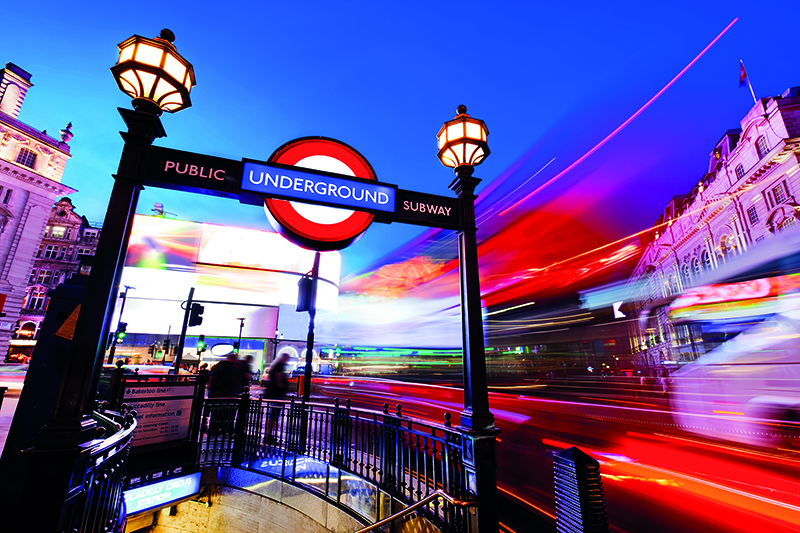
Piccadilly
Named after the piccadill – a kind of lace ruff popular in Elizabethan times – Piccadilly is a street with much to see for the visitor. There’s the Royal Academy of Arts, which hosts exhibitions of the highest order, the Burlington Arcade, an undercover proto-mall containing upmarket shops, and the five-star Ritz Hotel that remains a prominent symbol of high society.
Green Park unfolds on the southern side of Piccadilly – a perfect place to picnic or promenade. And at the eastern end of the street is the busy Piccadilly Circus, complete with the statue of Eros and the neon advertising signs that light up the night square. Piccadilly Circus underground station is also one of London’s finest, with its beautiful Art Deco design.
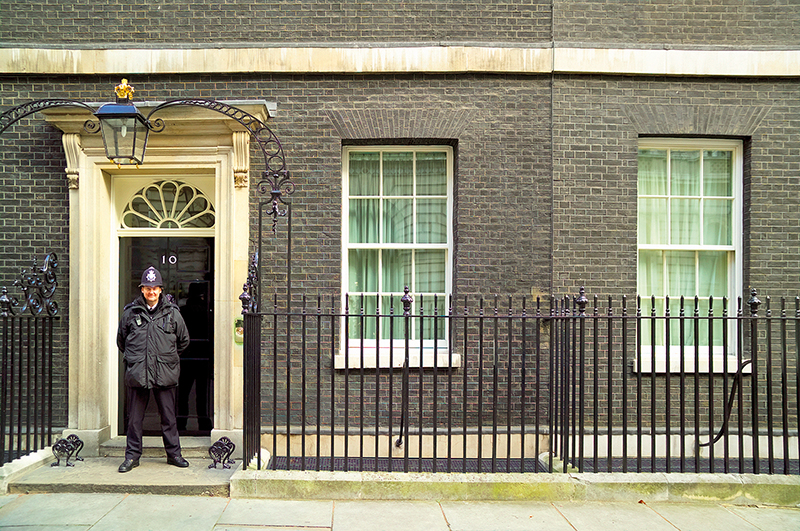
Downing Street
The centre of British political power, Downing Street is a rather small street just off Whitehall, and you can no longer walk up it because of a security fence. Why? Well because this is where the prime minister lives (at number 10), as does the chancellor (next door at number 11). The little street was built in the 1680s and has housed the prime minister for more than 300 years. The famous black door of number 10 is familiar to all Britons from countless news broadcasts of important political events, press conferences and visiting dignitaries arriving
or departing. If your hopes for a photo opportunity outside the black door are scuppered by security, head instead to 10 Adam Street, just off The Strand –
the doorway is an almost exact likeness of the prime minister’s own entrance.
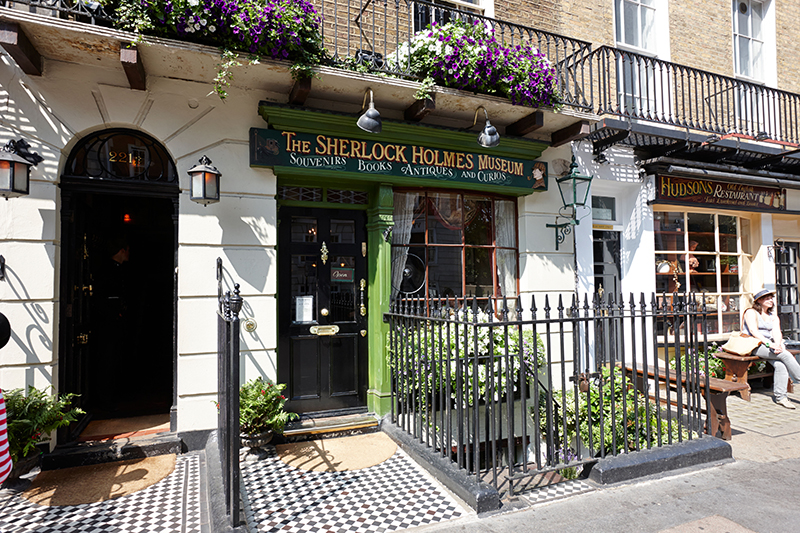
Baker Street
One man immediately springs to mind when you think of Baker Street – and he’s not even real. Sir Arthur Conan Doyle’s fictional detective Sherlock Holmes lived at 221B Baker Street (the exact address didn’t actually exist when the stories were written) and his influence has only grown in recent years, with a slew of adaptations proving this deerstalker wearer is as important as ever to British culture. On Baker Street you can visit the Sherlock Holmes Museum, a Sherlock café and a hotel named after our hero.
The street is also famous for Transport for London’s lost property office at Baker Street Station, where all of the tube’s lost umbrellas go. And it’s the title of an instantly recognisable rock song by Gerry Rafferty with possibly the most famous saxophone solo in musical history.
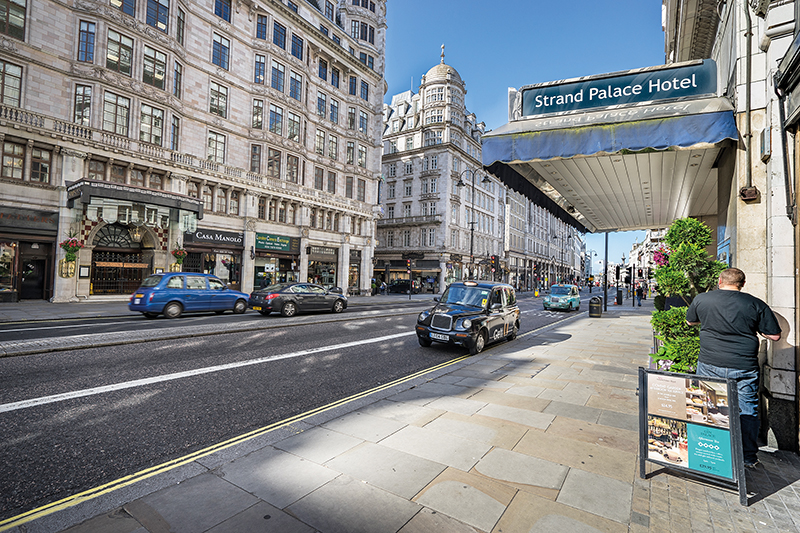
The Strand
The Strand is one of the city’s grandest streets offering a slice of high-class London life. Its history stretches back to Roman times, when it was a main road through the capital. Today it is home to the opulent Art Deco Savoy Hotel, the posh eatery Simpson’s in the Strand and the historic Twinings tea shop at 216, which has been serving teas for more than 300 years.
If you’re looking for culture, head to Somerset House for art exhibitions and concerts in the square, while also keeping an eye out for a new art gallery in an old office block at No 180 and theatres, such as The Adelphi. Also look out for royal banker Coutts and the imposing-though-faded Charing Cross Railway Station.
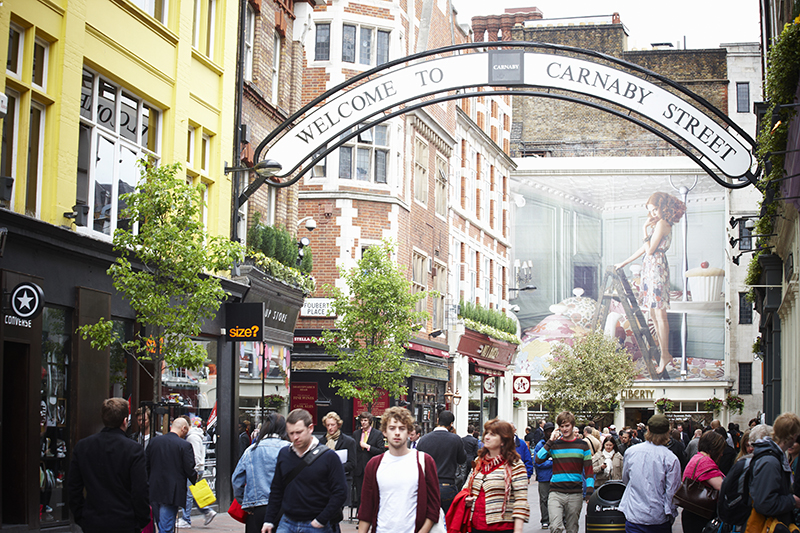
Swinging London Three streets that defined the capital in the 1960s
Abbey Road
Abbey Road will forever be associated with The Beatles. The band recorded their 11th album in the studios that share their name with the leafy street in St John’s Wood, near Lord’s cricket ground in North London. The zebra crossing from the album’s front cover has even been given Grade II listing by the British government due to
its cultural and historical significance.
Denmark Street
This Soho side street has an alter ego – as Britain’s answer to Tin Pan Alley. As the home of music publishers, instrument shops and studios, it was frequented by David Bowie and Jimi Hendrix, while the likes of The Kinks,
The Rolling Stones and Elton John wrote and recorded songs here. Today it is in the middle of a huge redevelopment zone for the new Crossrail station.
Carnaby Street
At the heart of louche Soho, Carnaby Street is most famous for being the locus of London in the “Swinging Sixties”, when fashion designers such as Mary Quant
had boutiques here. Today the street is pedestrianised and still home to clothes shops galore. You can also find Arts and Crafts-inspired department store Liberty at
its northern end.






 © 2024
© 2024